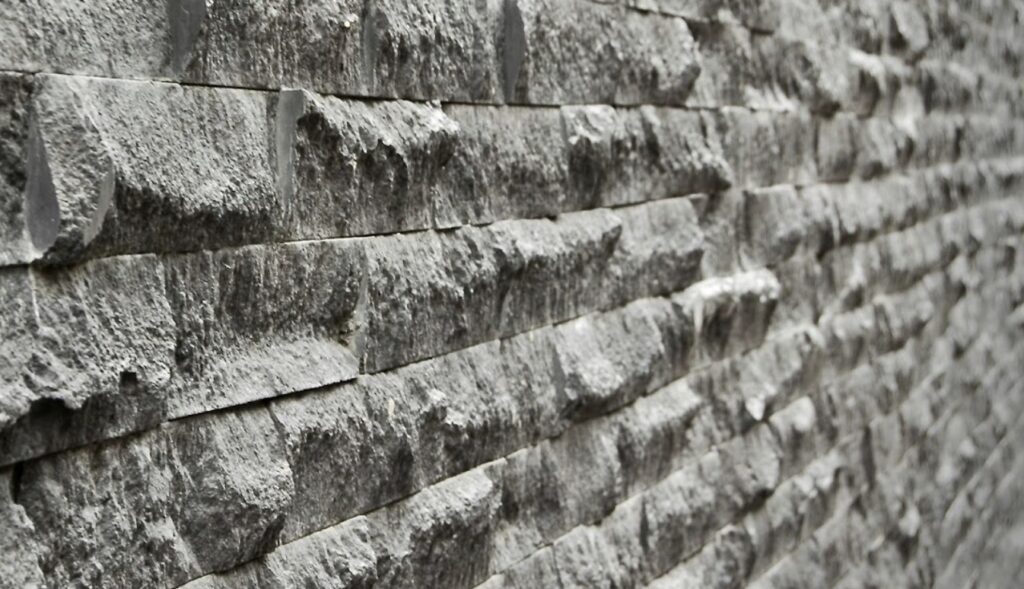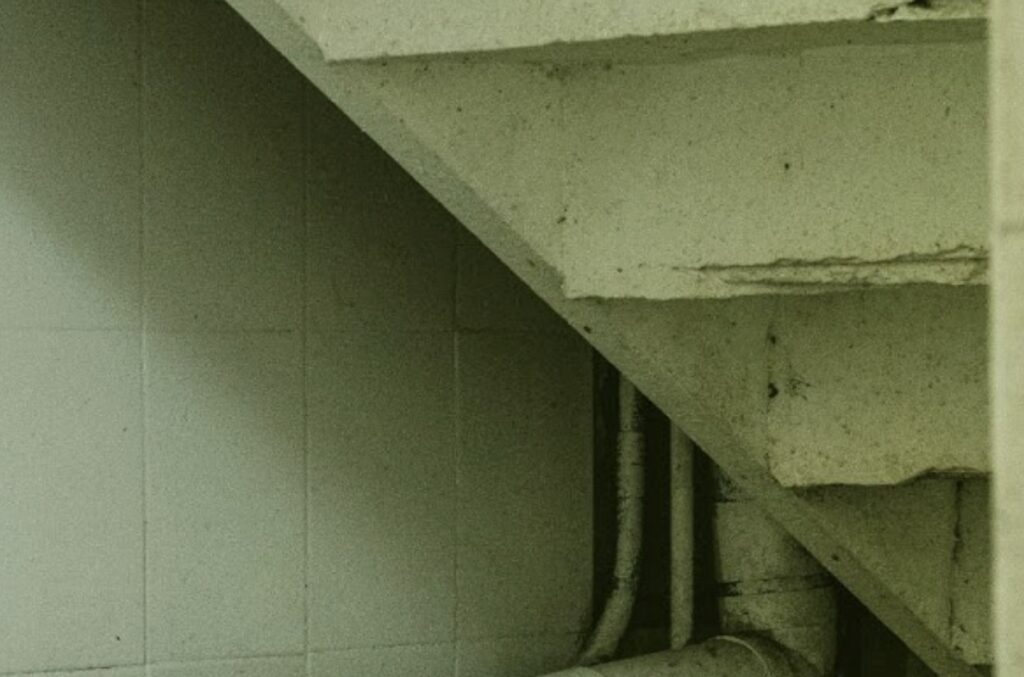Asbestos was widely used in UK homes for its heat resistance, fireproofing, and durability—especially from the 1950s to the 1980s. Although the use of asbestos was fully banned in 1999, many properties built or renovated before this date still contain asbestos-containing materials (ACMs). These materials are found behind walls, under floors, in ceilings, lofts, and outbuildings—making them easy to overlook during DIY, maintenance, or renovation works.
Identifying where asbestos is commonly found is critical, as it leads to many health risks. This article outlines the most frequent asbestos locations in UK homes along with clear descriptions, visual cues, and safety guidance to help you assess potential risks and take the right next steps.
Common Locations of Asbestos in UK Homes
Below is a room-by-room guide to the most common domestic asbestos locations, consolidated by area for easier reference.
1. Ceilings and Decorative Finishes
Ceilings are a key location for asbestos materials due to artex and other textured coatings, which, when applied for decorative purposes, often contain chrysotile asbestos.
These finishes feature swirl, stipple, or fan patterns and were commonly applied to ceilings in bedrooms, corridors, and lounges. They pose a significant risk when disturbed by drilling, sanding, or scraping, which can release asbestos fibres.
Also found in ceilings are asbestos insulating board (AIB) tiles—grey-blue in colour and typically 6 to 18 mm thick. These were installed in both suspended ceiling grids and directly fixed to joists or battens. Edges and fixings often show the fibrous texture of asbestos, which is indicative of its content.
2. Walls, Partitions, and Panels
Interior walls and panels are another common location for asbestos. AIB was used in partition walls, particularly in utility rooms, airing cupboards, and behind bath panels. These boards are often flat, dull in finish, and up to 6 mm thick. They may be hidden under paint or wallpaper but pose a serious asbestos risk if drilled or removed.

Additionally, decorative cement-backed panels were used as feature walls or behind fireplaces during the 1960s. These may look like tiled or panelled finishes but have asbestos-containing backing boards.
3. Floors and Underlay
Asbestos in flooring is often found in vinyl floor tiles and the adhesives used to bond them. Red or black 9×9 inch tiles from the mid-20th century often include asbestos in the tile compound and the bitumen adhesive below.
Another hidden material is asbestos millboard, used under fireplaces and heating systems as a heat shield. Often buried under newer flooring or hearths, this board is soft, brittle, and highly friable—posing significant asbestos risk if disturbed during replacement works.
4. Service Ducts and Plant Areas
Service ducts and plant rooms are high-risk zones for asbestos due to the historical use of lagging and fireproofing materials. Pipe lagging and boiler insulation, usually white or grey, were applied by wrapping or spraying and are among the most friable asbestos materials in buildings.
AIB was also used as fireproofing around fuse boxes, heating equipment, and within ducting voids. Often found in plant rooms or cupboard backs, these boards should be assumed to be asbestos unless proven otherwise, especially before electrical or plumbing upgrades.
5. Loft and Roof Spaces
Loft areas and roof voids frequently contain asbestos in insulation or sheeting. Loose-fill vermiculite insulation, found poured between joists or beneath boards, can be contaminated with tremolite asbestos. It appears as grey-brown granules and requires careful sampling due to its friability.
Additionally, corrugated asbestos cement sheets and bitumen-based roof felts are common on flat or pitched roofs. These materials weather and degrade over time, especially at edges and fixings, and require visual monitoring or professional asbestos inspection before repair or replacement.
6. Gutters, Downpipes and Soffits
Exterior drainage and roofline systems often incorporate asbestos-containing fibre cement products. Soffits, gutters, and downpipes in pre-1990s buildings may have been made of cement with embedded asbestos fibres.
These materials typically have a grey, grainy appearance and show signs of ageing at joints and brackets. Even though they pose a lower asbestos risk when intact, avoid sanding, drilling, or painting them without appropriate controls.
7. Garage and Outbuildings
Garages and garden outbuildings are frequently overlooked but are common locations for asbestos. Cement sheet roofing and wall cladding, especially on detached garages from the 1950s–1980s, almost always contain asbestos.
Renovation or reroofing should only proceed after an asbestos survey confirms the material type. Inside sheds or lofts, AIB may be found in small panels or linings, and asbestos cement water tanks are also common. These are often grey, with a rough finish and visible seams, mounted on timber or metal frames.
Asbestos in Hidden and Overlooked Spots
Often overlooked during casual inspections, these less obvious locations harbour asbestos-containing materials:

- Loft hatch linings – Panels or boards lining the underside of loft hatches may be AIB.
- Eaves soffits – Often made from asbestos cement, especially in pre-1980s properties.
- Ceiling voids – Hidden ducting or insulation may contain friable or loose-fill asbestos.
- Pipe boxing and service risers – Frequently lined with AIB or cement board in kitchens and bathrooms.
- Under-stair cupboards – Wall linings or partition panels may be made of bonded ACMs.
Asbestos Inspection and Management
Homeowners can perform basic visual inspections to check for asbestos based on property age and typical ACM locations, but confirmation requires professional input.
A management asbestos survey is recommended for identifying asbestos in an occupied building without disturbing materials. If any invasive work or refurbishment is planned, a refurbishment and demolition asbestos survey is legally required.
Safety Measures for Asbestos Removal
Identifying asbestos is only part of the process—safe handling is critical. Never drill, cut, or sand suspect asbestos materials.
If asbestos is suspected or confirmed, avoid all disturbance, use appropriate PPE such as a P3 respirator and disposable coveralls, and isolate the area. Before carrying out any building works, always seek a professional asbestos survey from a UKAS-accredited provider.
